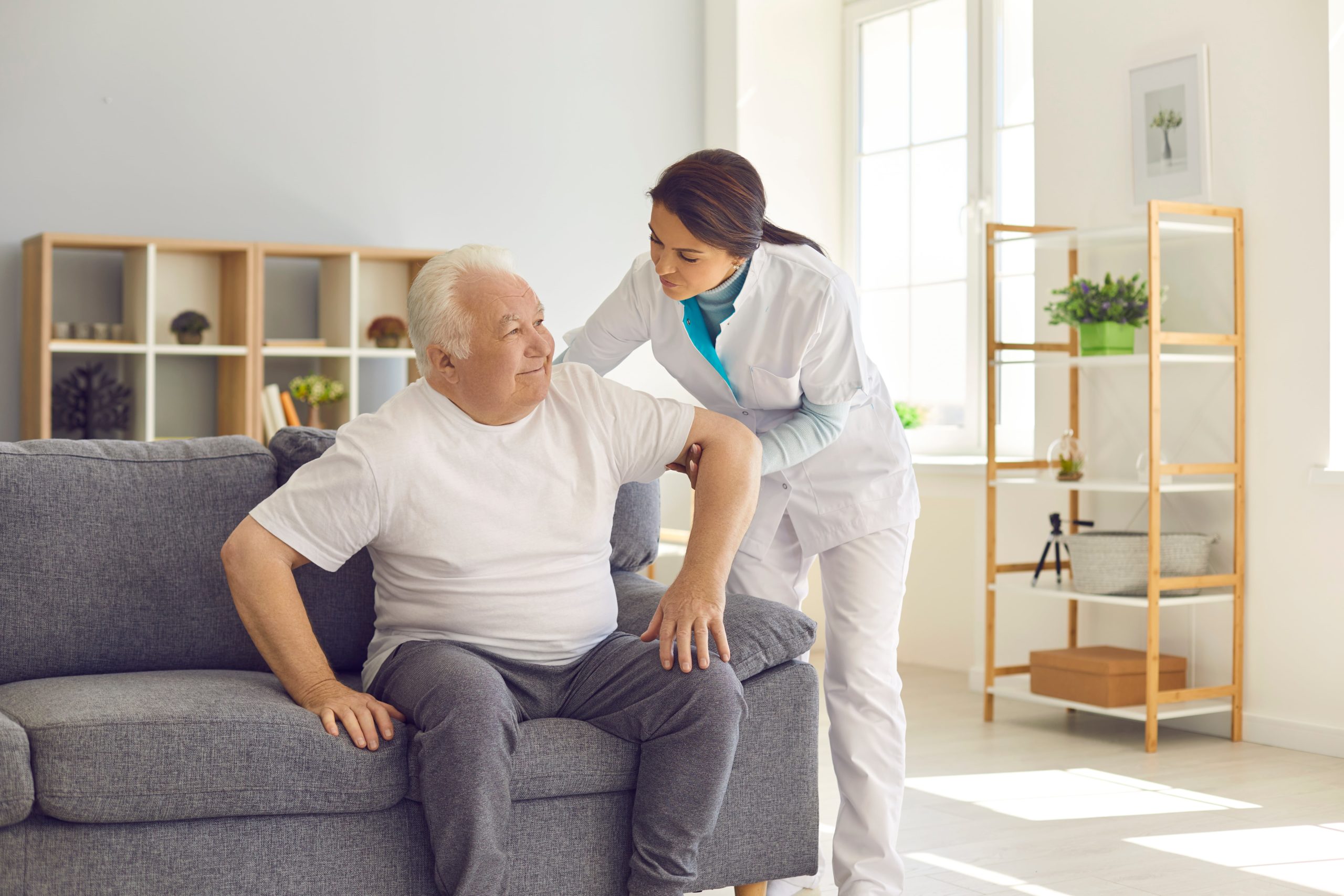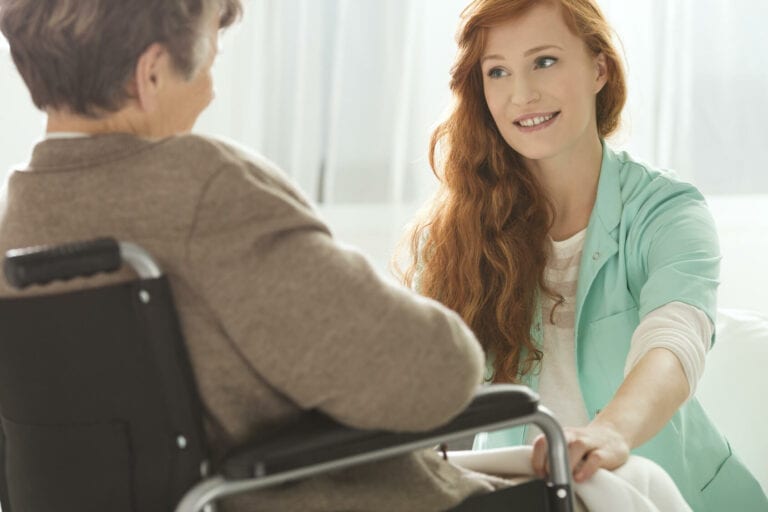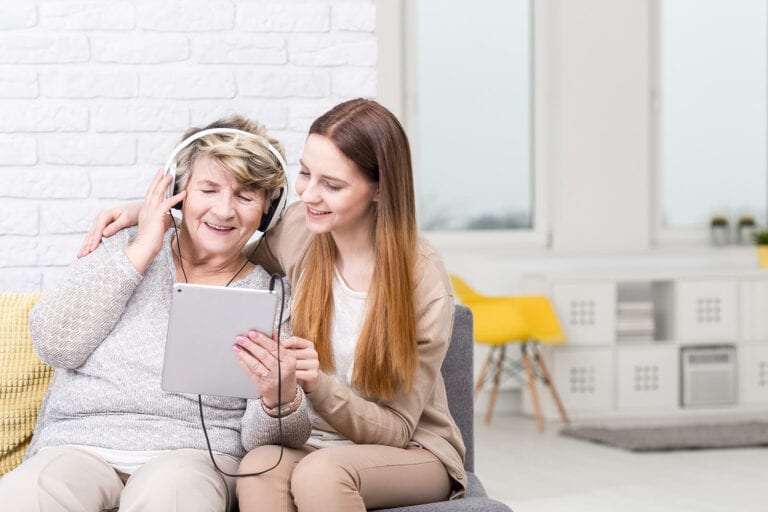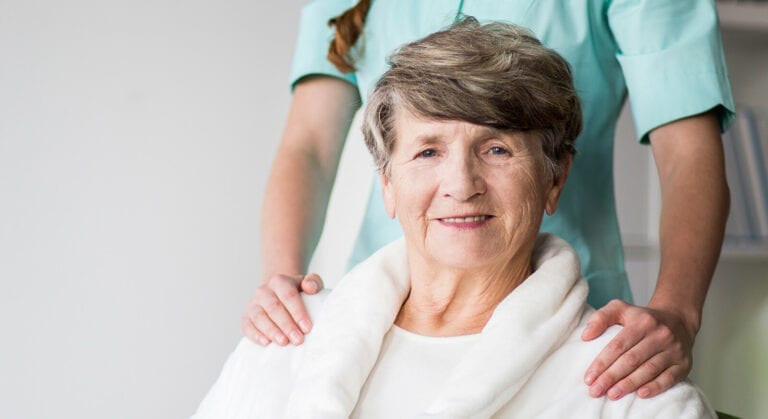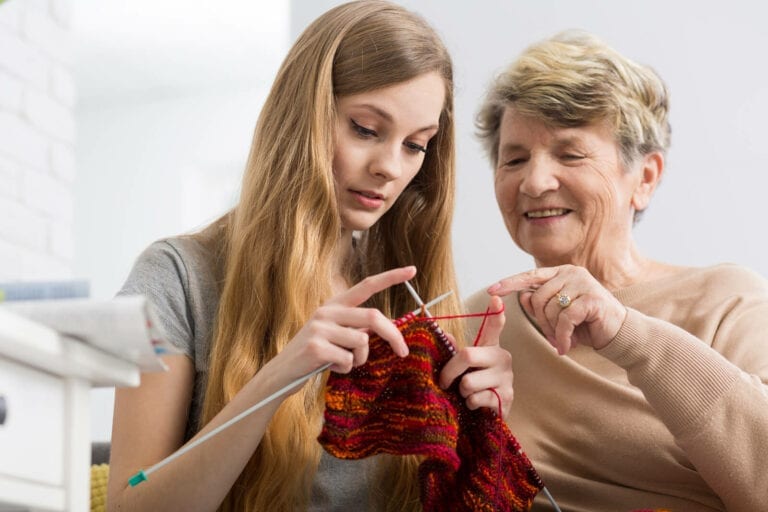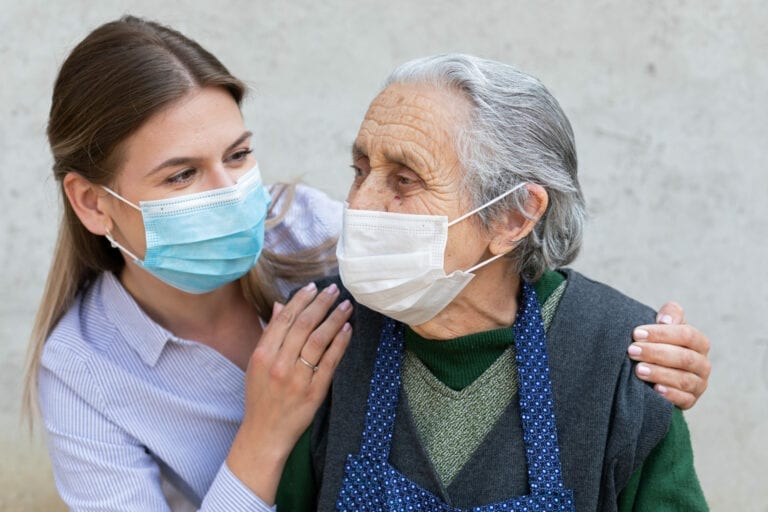It is natural to want to assist a loved one who has fallen, but the process can be challenging. One of the essential talents is the ability to move a loved one from one surface to another for any caregiver. There are numerous types of transfers, with varying degrees of difficulty depending on the transferee’s aptitude and the circumstances.
As occupational therapy assistants, we have observed a variety of transfer-related injuries, ranging from minor to severe. It is not only our responsibility to move patients securely, but also to instruct family members in this vital ability.
Effective patient lift procedures, body mechanics to prevent injury, and the potential dangers of improper execution.
How to Safely patient Lift an Aging Loved One?
By paying great attention to the procedures below, you can secure your safety and protect your loved one. Following are the safety measures for patient lift.
1. Be Aware of Your Setup
Place your loved one as close as possible to the transfer surface and ensure sufficient room and a clear path for movement. Ensure that the transported individual wears appropriate footwear to prevent slipping on a slippery area. Ensure proper illumination is present. Always arrange your arms to rise when carrying the trunk, pants, or belt of a loved one. Never raise a person using their arms or from under their armpits.
2. Communicate
Give precise instructions before and throughout the transfer. Before attempting to train a loved one with dementia or other cognitive impairments, it is important to consider the severity of their condition and perform a simple demonstration of the desired action. In addition, agree on the timing, such as counting to three and standing on three, to ensure coordination.
3. Use Proper Body Mechanics
Position your feet shoulder-width apart, with one foot staggered to facilitate balance and turning. Get as close as possible to your loved one, and keep your elbows tight to your body. To stabilize your core, slightly bend your knees and contract your abdominal muscles.
Always raise using your legs, not your back, and avoid waist twisting by pivoting from your rear foot or taking tiny steps when turning.
4. Ask for Assistance
If a family member can assist you, encourage them to push up from the surface as they stand. It will lighten your weight and give the individual a measure of control, reducing the anxiety frequently experienced during transfers. Additionally, it assists in maintaining their upper body’s strength and conditioning for this particular exercise.
5. Stabilize Your Loved One
Your loved one can stand with your help by following these steps: after they are upright, Tell them to take a few steps back until they can feel the border of the floor beneath their feet; next, have them reach back with one hand to support themselves on the armrest of the sofa, bed, commode chair, etc. It gives an additional safety measure before seating.
6. Be Prepared
Always wear a gait belt for those who require more than minimum aid standing and for family members with a more complicated medical history, such as a stroke, brain injury, or recent surgery. Remember to request assistance when lifting anything too heavy to handle alone properly.
Learn More: Low Sodium Symptoms
Methods for Improving Your Lifting Capabilities
Due to the intensity and focus required to provide care for someone, as a caregiver, it’s easy to neglect your own needs in favor of those of your patient(s). Caregiving can be physically, mentally, and emotionally taxing, leading to burnout; when you reach a point of physical and emotional tiredness, it becomes practically hard to continue your tasks.
To successfully prevent injuries, you must maintain a wide range of motion and support the strength of specific muscle groups. The primary lifting muscles are the quadriceps (thighs), gluteal muscles (buttocks), and abdominal muscles; however, it is advisable to additionally retain strong supportive core muscles, like the erector muscle (large muscle group in the back).
Below are crucial exercises caretakers can use to strengthen these muscles and improve their lifting capacity:
- Squats
- Push-ups
- Lunges (Rotation is beneficial, so do it if you can.)
- Birds-Dogs
- slanted rows
As important as physical activity is for a caregiver, mental health may be even more crucial. In our years of dealing with patients and their families, we have witnessed our fair share of burnout, and often, mental health is the first to fail. Therefore, you must stay on top of it. It is common knowledge that physical activity enhances mood and endorphins and helps reduce stress, but there are other factors to consider preserving mental health:
- Sleep duration and quality
- Relaxation methods, including rhythmic breathing and meditation
- Taking time for yourself consistently/occasionally
- securing help from outside sources, such as community services, family members, or caregiver support organizations.
Mistakes people often make when lifting patients or loved ones
Nobody is perfect, and learning involves making mistakes. Consequently, we are responsible for providing the greatest training possible to all caregivers we work with to limit the likelihood of errors leading to damage. Here are some of the most frequent mistakes we observe with transfers and advice on avoiding or resolving them.
1-Poor communication
The failure to address the fear of falling (if existent), to clarify what is expected, or to provide clear directions might result in misunderstanding and resistance throughout the transfer. To prevent this, we always urge our caregivers to use short, one-line suggestions for each transition (bed to a walker, walker to the toilet, etc.) and to wait a few seconds to allow for information processing.
2-Improper body mechanics
In my experience, incorrect body mechanics are the leading cause of caregiver injury during transfers. Keep in mind the fundamentals: appropriately set up the transfer, remain close to the person you’re lifting, and keep your elbows tucked in at your sides. Avoid twisting by swiping with your legs rather than your back and pivoting or taking tiny steps.
3-Rushing
Attempting to save time by moving rapidly or skipping steps can end in injury or a fall. Take the time to ensure that your loved one is wearing suitable footwear, change the transfer area (if necessary), and speak slowly. Move carefully and fluidly when transferring to avoid harm.
What is a Hoyer lift for home a Patient lift?
Moving short distances might be difficult or even impossible for people with mobility impairments. Thankfully, Hoyer lifts provides a workable answer to this issue. A Hoyer lift is a piece of equipment created to raise and transfer a person comfortably. Hoyer lift for home, Patient lift is frequently used in care institutions, but they are also becoming more and more common for home use.
This is because the Hoyer lift for home was designed with safety as their priority. Users can feel secure because they offer a safe transfer. Hoyer lifts are also reasonably priced, making them available to more customers.
Home Care Near Me. Let’s Get Started!
Get Immediate Help with Information, Costs & Payment Options.

